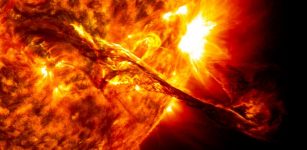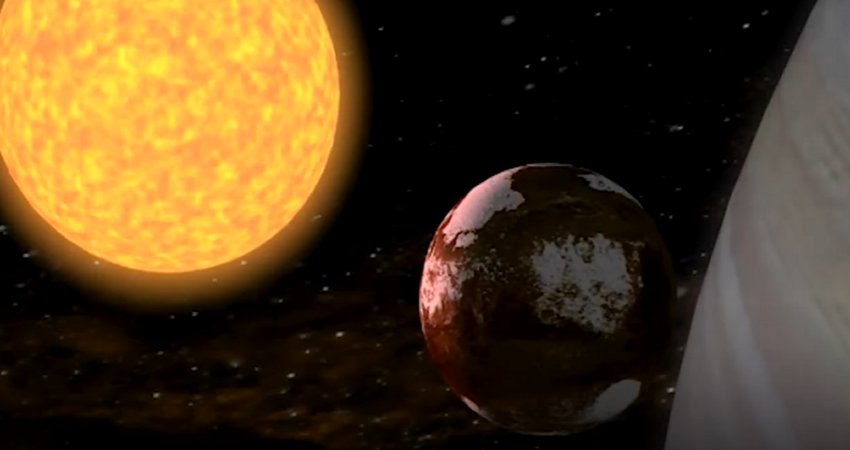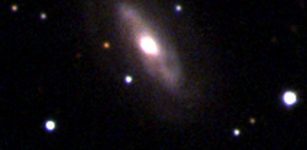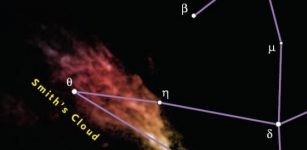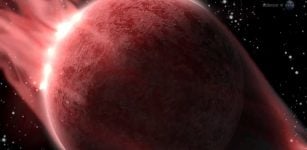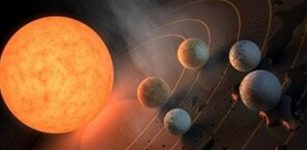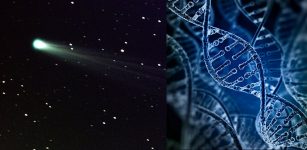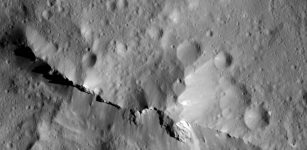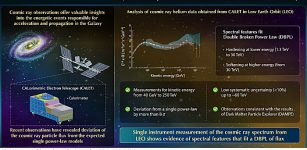Planets In TRAPPIST-1 System: What They Could Look Like Based on New Clues
MessageToEagle.com – Most precise calculations so far of the masses of the seven planets around the star TRAPPIST-1 have been presented by an international research team led by Simon Grimm at the University of Bern in Switzerland.
“I have calculated the masses of these planets”, Grimm said. “These values form the basis for further models that allow statements about composition.”
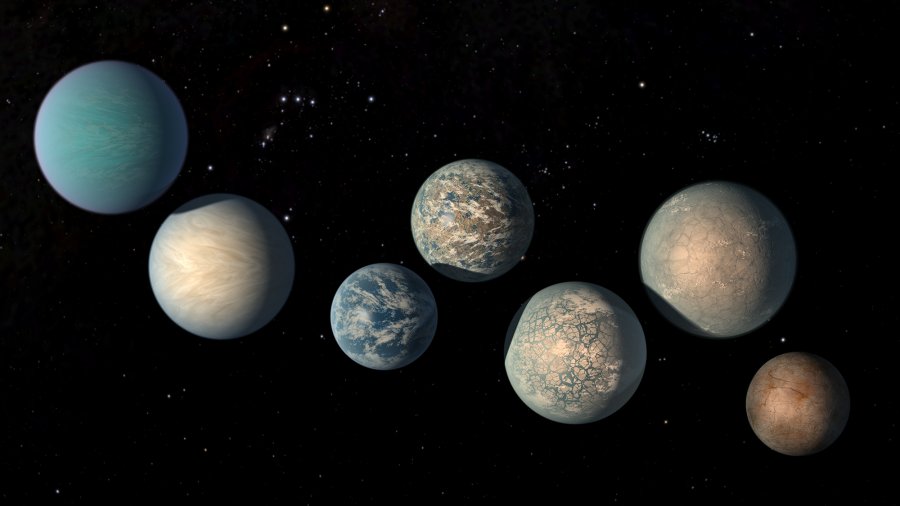
All TRAPPIST-1 planets consist primarily of rock and contain up to five percent water. This is a decisive step for determining the habitability of these planets, say researchers at the University of Bern, Switzerland
Of the known exoplanets (planets outside our solar system), TRAPPIST-1e is so far the one that is most similar to the Earth in terms of its size, density, and the amount of radiation that it receives from its star. It is the only one of the seven TRAPPIST-1 planets that is somewhat denser than the Earth, and it is not ruled out that liquid water exists on its surface.
At least five of the lighter planets have a covering of volatile substances in the form of atmospheres, oceans or layers of ice. Their water content is up to 5 percent, which is a lot when compared to the Earth, where the seas account for only 0.02% of the planet’s mass.
“We were able to measure precisely the density of exoplanets that are similar to Earth in terms of their size, mass and irradiation, with an uncertainty of less than 10%, which is a first and a decisive step in the characterisation of potential habitability,” said Brice-Olivier Demory, Professor at CSH and co-author of the study.
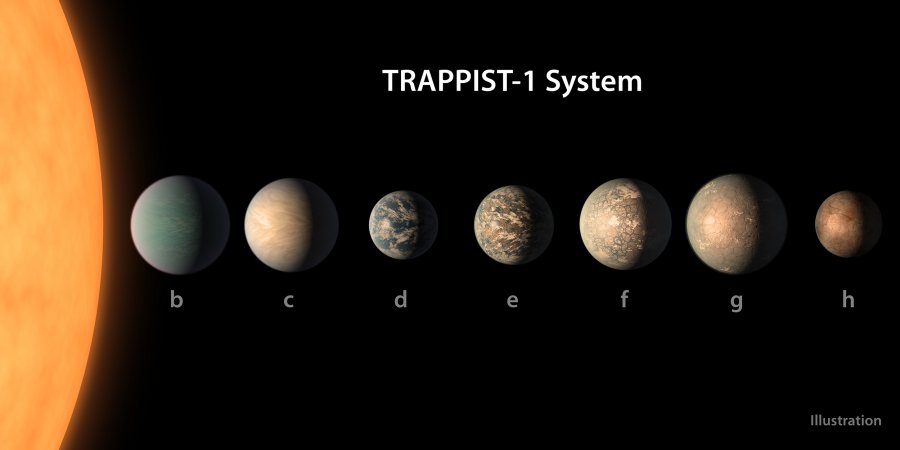
It is impossible to know exactly how each planet looks, because they are so far away. In our own solar system, the Moon and Mars have nearly the same density, yet their surfaces appear entirely different.
Based on available data, here are scientists’ best guesses about the appearances of the planets:
The two innermost planets, TRAPPIST-1b and c, presumably have a dense atmosphere, whereas TRAPPIST-1e is probably a rocky planet with a thin atmosphere. TRAPPIST-1d has only around 30% of the Earth’s mass and is thus the lightest of the seven planets. It is presumably surrounded by volatile substances such as water – but it is unknown whether this is in the form of an extended atmosphere, ocean or ice layer. The three outermost planets, on the other hand, TRAPPIST-1f, g and h, are so distant from the sun that their surfaces are probably enveloped in a layer of ice.
Research:
S. Grimm et al.: «The nature of the TRAPPIST-1 exoplanets», Astronomy and Astrophysics, 05.02.2018, in press.
MessageToEagle.com
Expand for referencesReferences:

